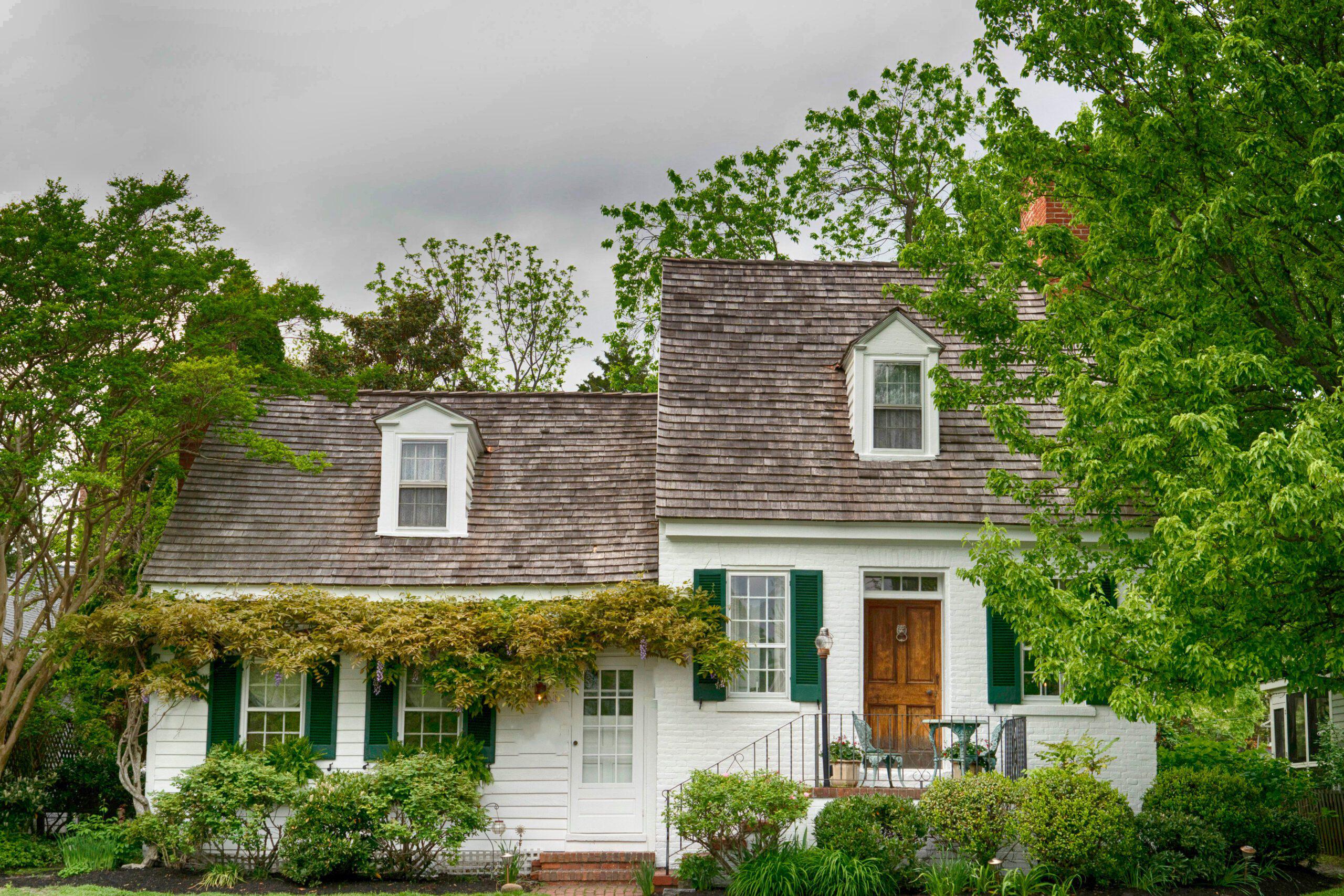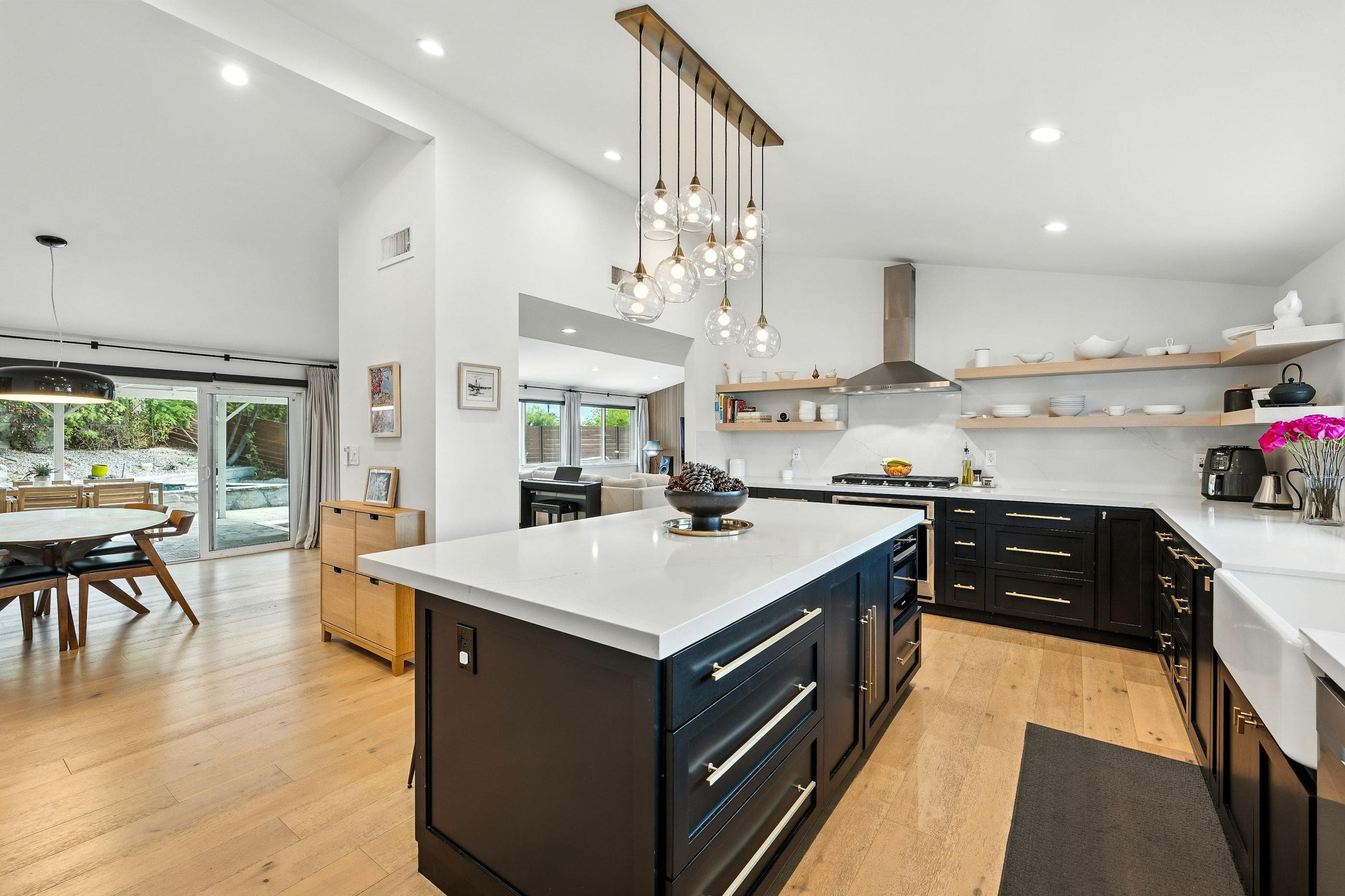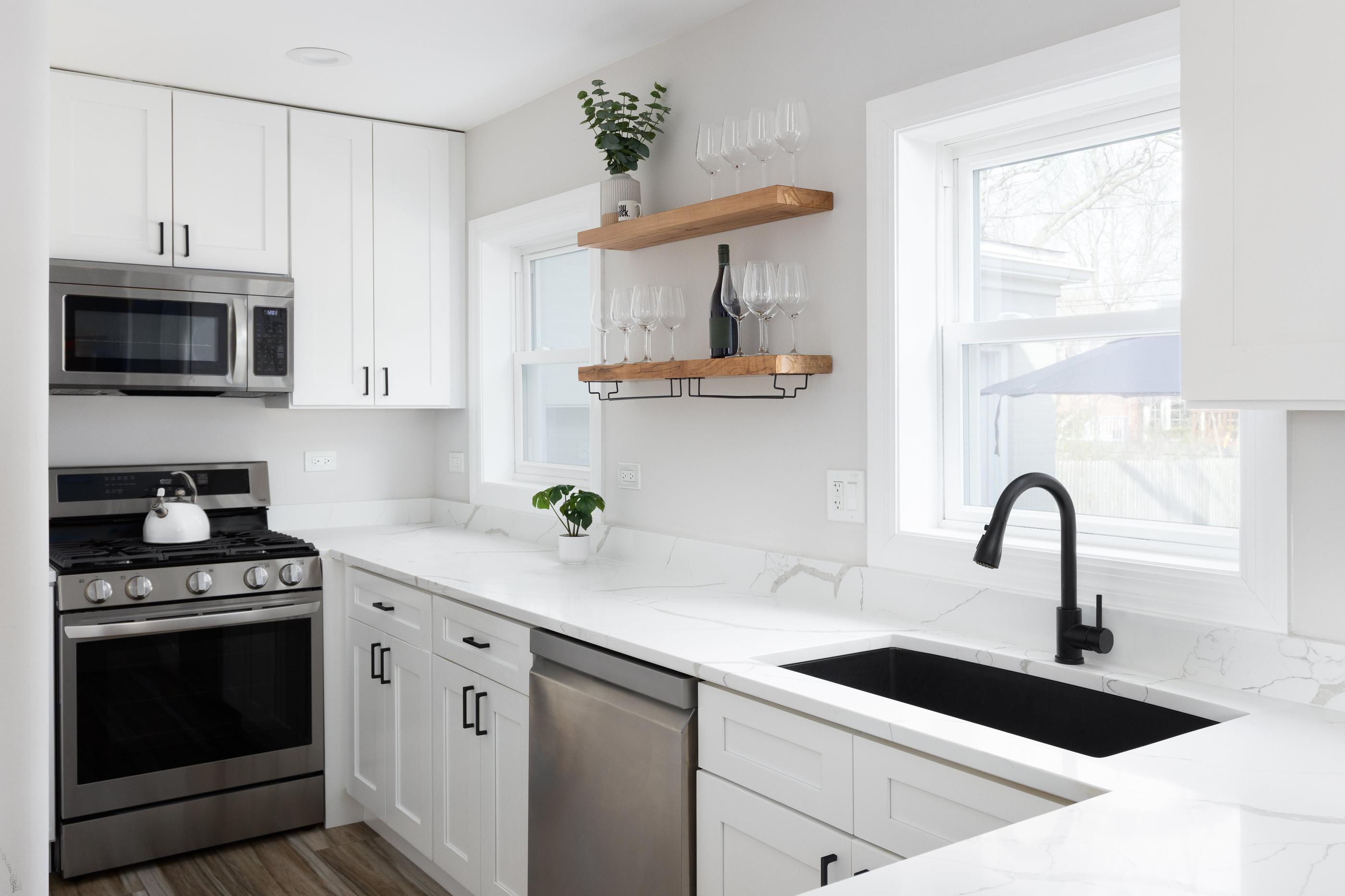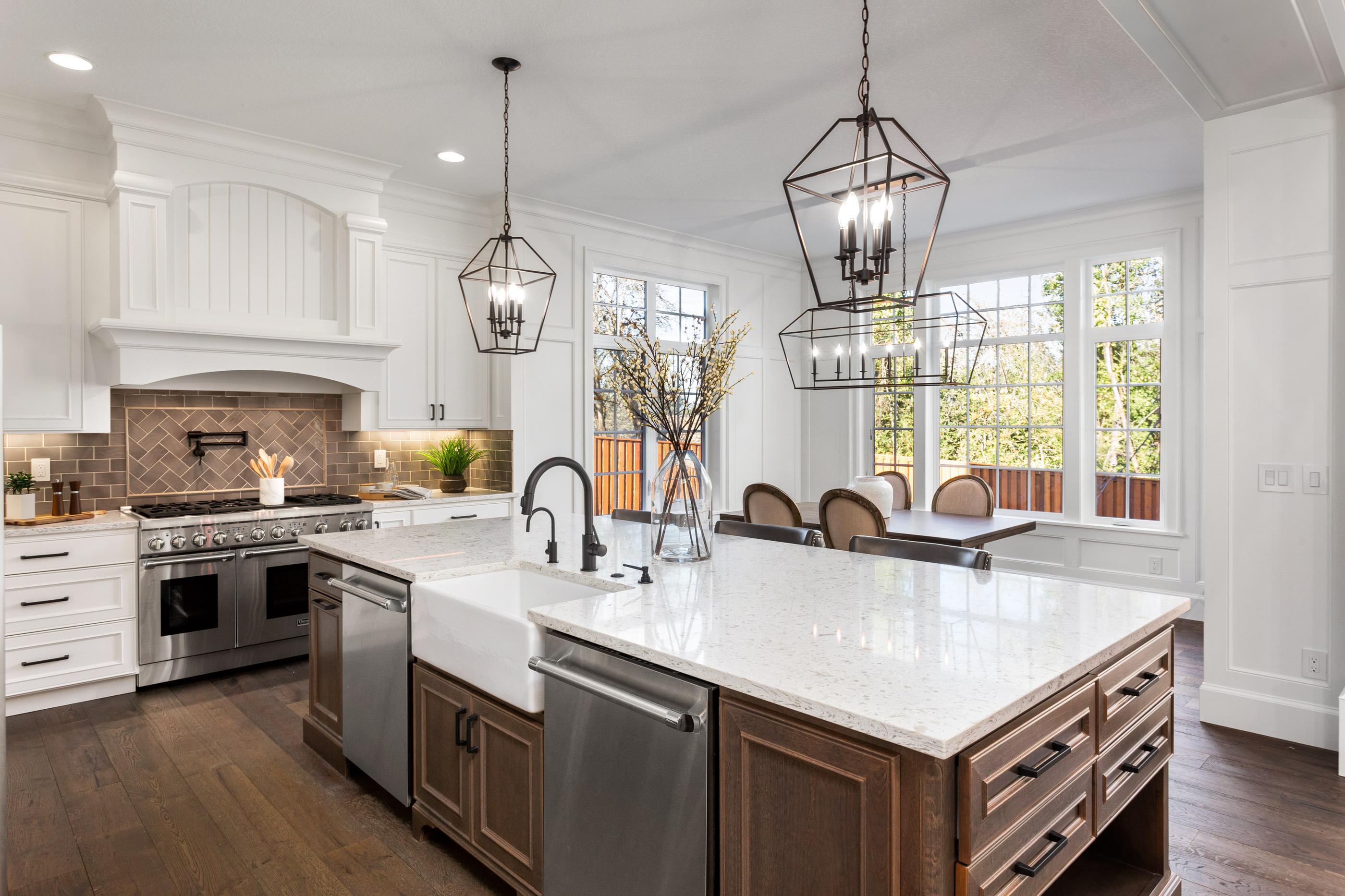Historic homes hold a timeless charm with intricate woodwork and vintage molding to stained glass windows, these houses are a testament to architectural legacies. However, remodeling historic homes comes with its own set of challenges. Renovating the space while respecting the historical significance of the property is no small task.
This guide for remodeling a historic home is here to help you through the critical steps in the process. Whether you’re flipping a property, undertaking a personal restoration project, or upgrading a recently bought gem, we’ll walk you through the essential steps to achieve success. Get ready to preserve history while creating a space fit for modern living.
Understanding Historic Home Regulations
When embarking on a historic home remodel, the first step is understanding the rules. Many historic homes are protected by laws regulating what can and cannot be altered. Start here to prevent legal complications down the road.
Research Local Historic Home Remodeling Laws
Different cities and states have their own sets of guidelines governing historic home remodeling. If your home is listed on a register of historic places, stricter preservation rules may apply. Reach out to local historical societies or municipal offices for guidance.
Check the Historic Designation Status
Does your home have a historic designation? If yes, it likely means you’ll need special permits for renovations. Some areas even require approval for exterior changes such as paint colors, roofing updates, or landscaping adjustments.
Collaborate with Preservation Societies
Historic preservation committees can become your best allies. These organizations often provide insights into appropriate materials, design approaches, and restoration techniques that align with your home’s period.
Planning Your Historic Home Remodel
The balance between modern functionality and historic charm requires intentional planning. Here’s how to start.
Balance Modernization with Preservation
While it’s tempting to modernize entirely, prioritize preserving key historic home features. For example, keep original wood floors or restore a classic double-hung window instead of replacing them.
Budget for Restoration Needs
Historic home renovations can come with hidden costs. Allocate a cushion in your budget for unforeseen expenses, like repairing structural damage or sourcing hard-to-find materials.
Choose the Right Contractors
Finding contractors experienced in historic home remodels is critical. Look for professionals who understand both restoration techniques and preservation requirements so you don’t lose a home’s character in the process.
Essential Considerations for Historic Home Renovations
Every step of your historic home remodel requires attention to detail. Focus on these important areas.
Inspect Structural Integrity
Schedule comprehensive inspections for your home’s foundation, roof, and walls. Decades-old homes often have hidden issues that need attention before aesthetic updates.
Restore vs. Replace
Decide what to restore and what to replace. Original flooring, molding, and windows add priceless historical charm. The general rule? Restore wherever possible and replace only if necessity demands it.
Incorporate Energy-Efficient Upgrades
You can make your historic home efficient without compromising its character. For instance:
- Use insulated window inserts instead of replacing historic windows.
- Add discreet wall insulation that doesn’t damage original plaster.
Common Challenges in Remodeling a Historic Home
Unexpected hurdles are part of the process. Here’s how to prepare and overcome common challenges.
Updating Outdated Plumbing and Electrical Systems
Historic homes frequently have plumbing and electrical systems that no longer adhere to current codes. Ensure a licensed professional modernizes these while adhering to preservation guidelines.
Matching Original Aesthetics
Finding materials that match your home’s original design can be tricky but not impossible. Specialty restoration shops and custom fabrications are great resources for period-accurate materials and finishes.
Managing Costs and Delays
Budget overruns and delays are not uncommon. When remodeling historic homes, patience is key. Make provisions for both in your project timeline and budget plan.
Best Design Practices for a Historic Home Remodel
Designing for both functionality and history takes thoughtfulness. Here’s how you can achieve the best of both worlds.
Honor the Home’s Era with Paint and Finishes
Research historical paint palettes to match the home’s period. For instance, Victorian homes may call for rich, jewel-toned colors, while mid-century houses work well with muted pastels.
Blend Classic and Contemporary
Combine traditional elements with modern conveniences. Install energy-efficient appliances in the kitchen, but keep the cabinetry style period-appropriate to maintain historic charm.
Consult Design Experts
Seek help from designers familiar with historic home functionality and styles. They can create layouts or leverage existing floorplans to help elevate the space while preserving its identity.
Finding Financial Assistance for Historic Home Renovations
The good news? Restoring a historic home can come with financial perks. Here’s where to look.
Grants and Tax Credits
Many governments and historical societies offer grants or tax credits specifically for preserving historic properties. Research local, state, and federal programs to understand eligibility criteria.
Specialized Loans
Some financial institutions provide loans tailored to historic home renovations. These loans often have favorable terms for preservation work.
Additional Funding Resources
Look into organizations like the National Trust for Historic Preservation, which offers a variety of funding programs for approved projects.
Making Your Historic Home Remodel a Success
Successfully remodeling a historic home is more than just design—it’s a labor of love and respect for the past.
Patience and Flexibility Are Key
Expect setbacks and surprises. A flexible attitude will help you manage these challenges gracefully.
Preserve the Home’s Story
Every historic home has unique stories to tell. Respect its individuality while ensuring it meets your modern needs.
Celebrate the Journey
Every restored floorboard, repainted wall, and updated appliance pays homage to the craftsmanship of the past. Celebrate the process as much as the result.
Get Started with your Historical Home Remodel
Share your historic home renovation stories with us! If you’re looking for a partner in this rewarding process, our team of designers and preservation experts can guide you every step of the way. Contact us today to discuss your vision, or access more renovation resources on TheDesignery.com.




